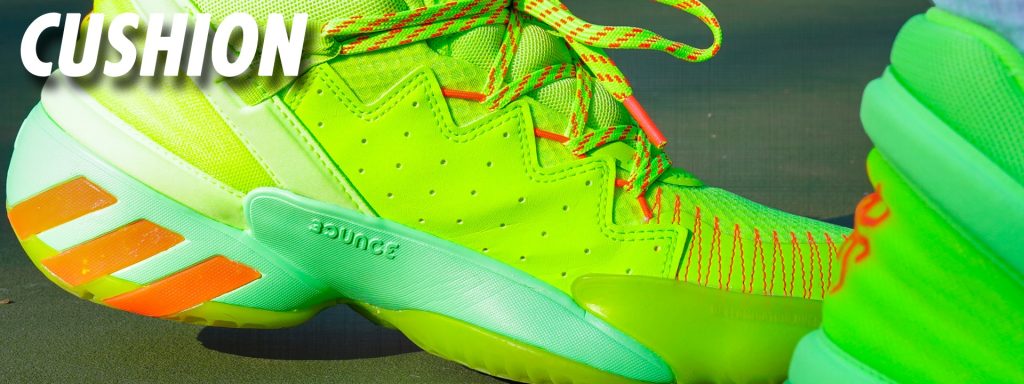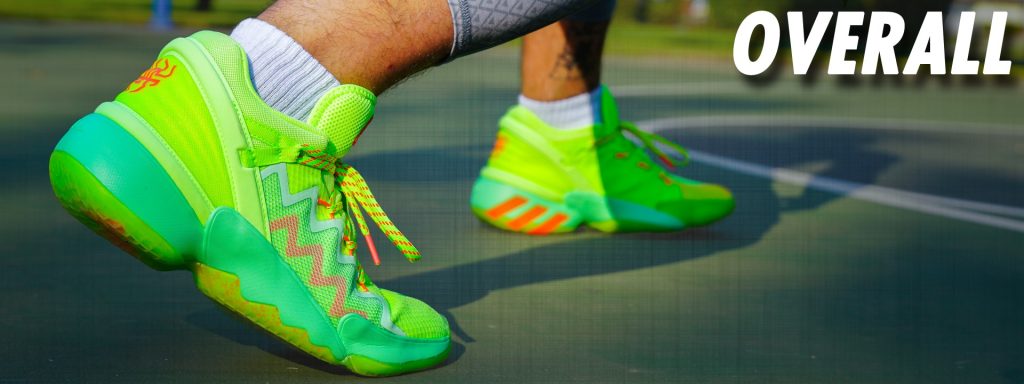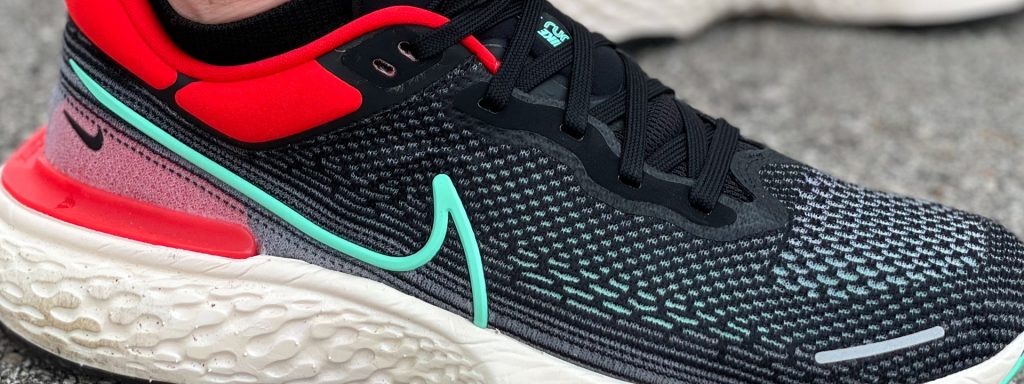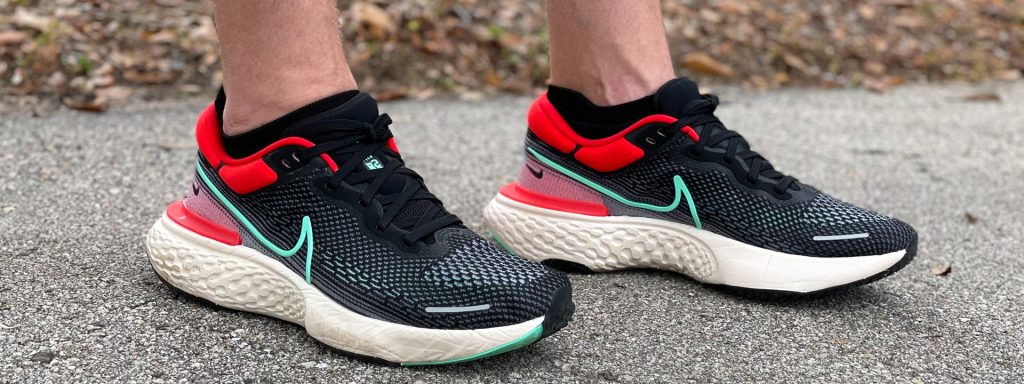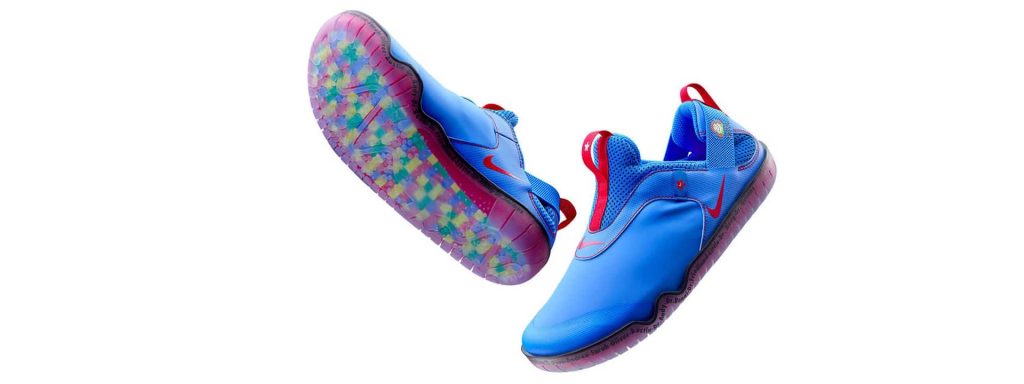Is the Nike KD 13 better than last year’s Nike KD 12? Only one way to find out.
While I really enjoyed the traction on Kevin Durant’s last signature model, the Nike KD 12, the KD 13 feels like it takes things up a notch.
The pattern isn’t herringbone, but that isn’t always a bad thing. The nubs and circular cups are positioned in a way to maximize grip no matter which direction you’re moving or stopping.
The only indoor courts I’ve been able to play on have been really poorly maintained surfaces and the KD 13 has handled everything — in the solid rubber form. I was able to try out the translucent/glow soles on the same court and while they gripped well, they were noticeably lacking compared to their solid rubber counterpart.
Outdoors, the traction has been solid in terms of performance and about average in terms of durability. These newer shoes aren’t really made to last, so if you’re worried about longevity, you may want to look elsewhere. However, if you want something that’ll work well while they last, then the KD 13 is a solid choice.
Full-length Zoom Air is in place once again, and is placed directly under your foot as it replaces the traditional strobel board. This is just like the Nike KD 12. However, this time around there is an additional forefoot Zoom unit under the Zoom Strobel — making the shoe feel even more comfortable than the KD 12.
>
The shoe feels springy under-foot, but smooth at the same time. Some might prefer the KD 12 in comparison as the midsole on that model is a bit firmer. You feel the Zoom pop a bit more. However, the feeling of the KD 13 is so smooth that every time I put them on, I’m always surprised with how damn comfortable they are.
The unsung hero here is the insole. If you’ve been around performance basketball sneakers for the past ten years then you’ll know this to be true. The insole here is the same as the Nike Zoom Kobe 6. A foam-based insole that molds to your foot so well that you feel as if you have a custom orthotic insert. This might be why the more I lace these up, the better they feel. It’s as if I get to experience a broken-in shoe with new cushion under-foot every time. Yeah, it’s that awesome.
While I felt there was nothing to write home about with the upper featured on the KD 12, the KD 13 makes the KD 12 feel premium in comparison. Textiles and ripstop style materials are used and it’s just not impressive at all.
The plus side of the materials are that it’s soft and offers a broken-in feeling right away. The down side is that it lacks strength for containment. That wouldn’t be such a bad thing if the forefoot midsole was caged or cupped your foot like the KD12. But the KD 13 focuses more on heel containment which leaves the forefoot a bit vulnerable.
Like most KD models, the shoe is a bit on the narrow side. However, going true to size is recommended to avoid having a sloppier forefoot that what’s already provided.
From the midfoot back they lock you in perfectly without any pain, pinching, or restriction.
While all of the support features you’ve come to expect are present, the lack of a forefoot outrigger or containment cage is something that I personally miss when comparing them directly to last year’s model.
There were times when the traction would grip so well that my foot would slide over the footbed, which is a huge pet peeve of mine. This is where an ankle roll is bound to happen. If you’re aware of it, then you can try to avoid it during game play. But sometimes feet just happen to be in your way and then all of a sudden your ankle and the court meet in a head on grudge match that will leave you feeling strained.
For me, this isn’t a deal breaker, but it’s definitely something I feel was overlooked. If anything, this feels like a mid top Kyrie with incredible cushion.
I really enjoy the Nike KD 13, but they’re not perfect. No shoe is, but the things I loved about the KD 12 have been removed. And that was a bummer.
Traction and cushion are both standout features and if those aspects are all that you care about then you should enjoy the hell out of the air jordan 35. But if you want or need forefoot containment and stability, then you might feel the way I do…they leave a bit to be desired.
